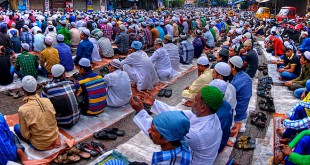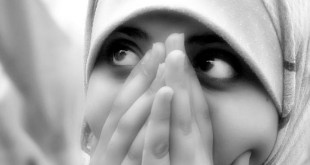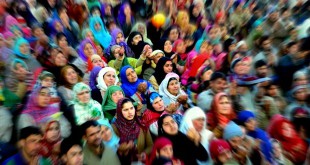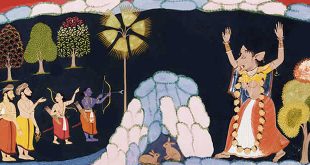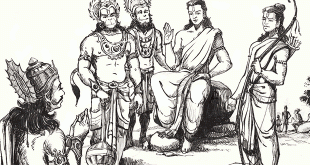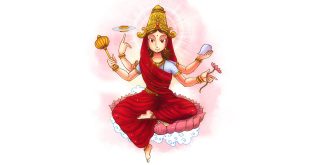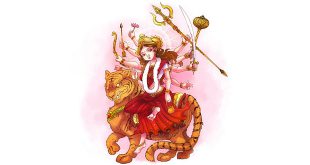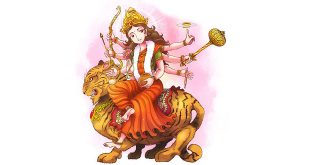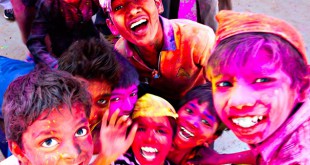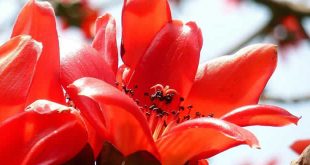Eid-Ul-Fitr, Eid al-Fitr, Id-ul-Fitr, or Id al-Fitr, often abbreviated to Eid, is a two-day Muslim holiday that marks the end of Ramadan, the Islamic holy month of fasting (sawm). Eid is an Arabic word meaning “festivity,” while Fiṭr means “original nature,” implying the restoration of one’s best human composition. The holiday celebrates the conclusion of the thirty days of dawn-to-sunset …
Read More »What is Sunnah of Eid?
What is Zakat ul-Fitr? “One must donate all the food one has in surplus after Ramzan and before Eid prayer, this is what Zakat al-Fitr means for a Muslim,” according to Maulana Shakir Ali. Zakat in Arabic and charity in English almost mean the same. Zakat al-Fitr as a phrase means Charity before Eid or celebration. Sunnah of Eid Wake …
Read More »Eid-ul-Fitr Festive mood grips Srinagar Valley
Festive mood gripped the entire Kashmir valley, as Eid-ul-Fitr is being celebrated. Eid-ul-Fitr Festive mood grips Srinagar Valley: While people were seen thronging the marketplaces for last-minute shopping, others were seen rushing home early ahead of the festive occasion. Maximum rush of shoppers was witnessed at the bakery and butcher shops. Most of the offices, especially the government ones, wore …
Read More »Who was the guru of Lord Rama?
Vishwamitra (विश्वामित्र) was the guru of Lord Rama. He took prince Rama and Lakshmana to forest for the protection of Yagna. There after, he lead them to Mithila*, to participate in the Swayamvaram of Sita Devi. Lord Rama successfully lifted the Shiva Danushu and married Sita Devi. Sage Vishwamitra was son of King Gadhi. His original name was Kaushika. King …
Read More »Which brother of Ravana joined and helped Lord Rama?
Vibhishana (विभीषण) is a significant character in the epic Ramayana, who served Rama during the fight of Rama and Ravana though he was the brother of Ravana, the king of Lanka. Although Vibhishana was born in Rakshasa dynasty he was a noble character. Vibhishana was against the kidnapping and abduction of Sita. He advised his elder brother Ravana to return …
Read More »Who is Siddhidatri? 9th Form of Durga
Siddhidatri is the ninth form of Goddess. She is worshiped on the ninth day of Navratri. Siddhidatri has supernatural healing powers. She has four arms and she is always in a blissful happy enchanting pose. She rides on the lion as her vehicle. She blesses all Gods, saints, yogis, tantrics and all devotees as a manifestation of the Mother Goddess. …
Read More »Who is Chandraghanta? 3rd Form of Durga
The third facet of Goddess Durga is ‘Chandraghanta‘, who is worshiped on the third day of Navratri, for peace, tranquility and prosperity in life. She has a ‘chandra’ or half moon in her forehead in the shape of a ‘ghanta’ or bell. That is why she is called ‘Chandraghanta‘. She is charming, has a golden bright complexion and rides a …
Read More »Who is Kushmanda? 4th form of Goddess Durga
Kushmanda is the fourth form of the mother goddess and is worshiped on the fourth day of Navratri. The meaning of the name ‘Ku-shm-anda’ is as follows: ‘Ku’ = a little; ‘ushma’ = ‘warmth’; ‘anda’ = ‘the cosmic egg’. So she is considered the creator of the universe. The universe was no more than a void full of darkness, until …
Read More »What is Holi Significance?
Holi, marked only with colors and love, is a festival that can be enjoyed by people of all ages. There are different aspects of Holi that different individual take into consideration. In this colorful festival, India gets into the groove of the celebration and brings about a vibrant positive attitude in the lives of all. It is important to realize …
Read More »In the past, people used to make Holi colors from which flower?
In the past, people used to make Holi colors from which flower? Holi colors were prepared at home, using the flowers from the tree called Palash / Dhak / Tesu or flame of the forest. The flaming red flowers were dried in the sun, ground into a fine powder and then mixed in water to give the color of the …
Read More » Kids Portal For Parents India Kids Network
Kids Portal For Parents India Kids Network
